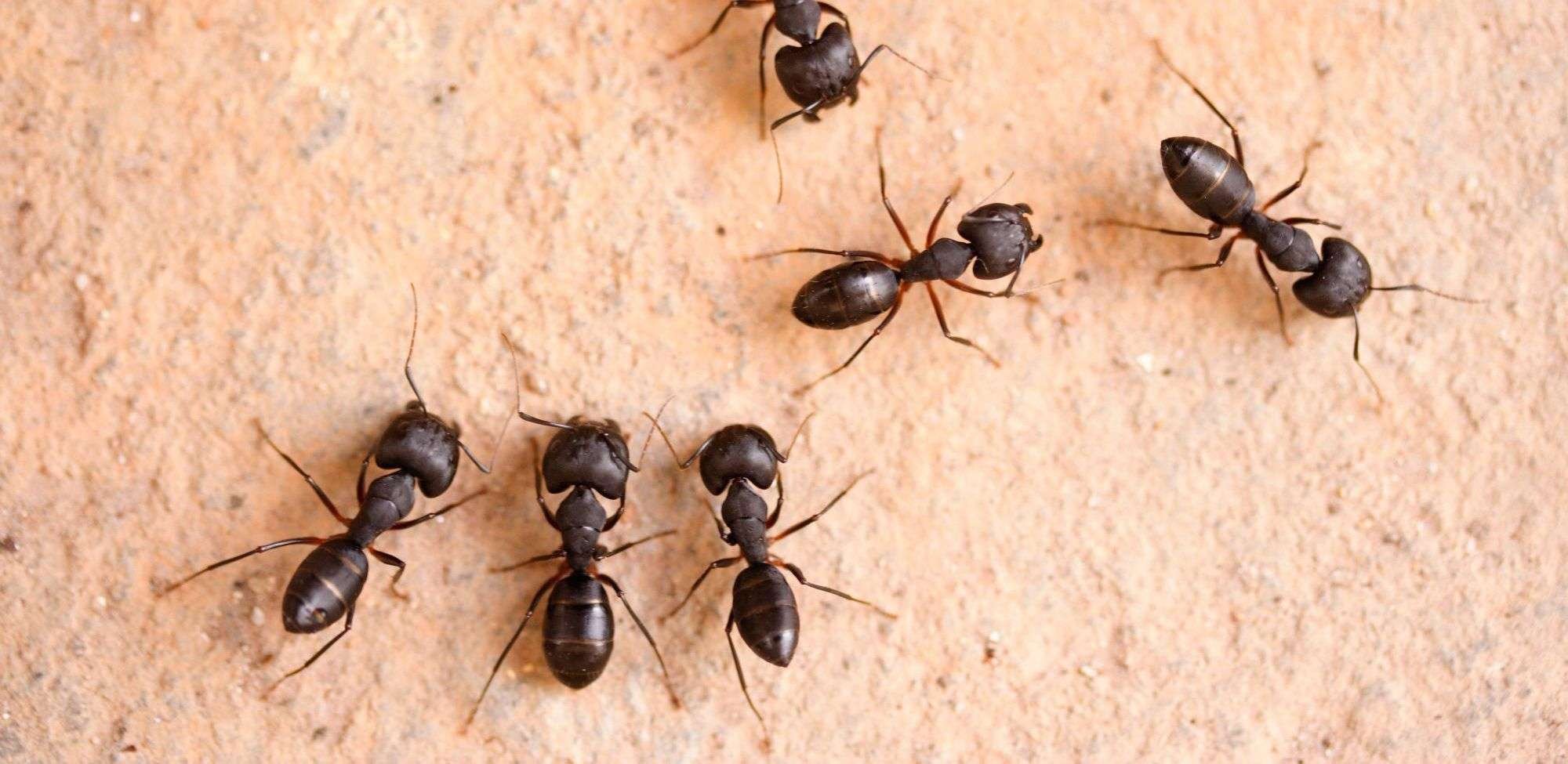
Get Rid Of Carpenter Ants Today!
Awareness About Carpenter Ants:
Carpenter ants can cause significant structural damage to your house if left unchecked. These pests excavate wood to create their nests, which can weaken the integrity of wooden structures. However, with prompt action and effective strategies, you can exterminate carpenter ants and implement preventive measures to keep them from returning. This page provides a comprehensive guide on how to eliminate carpenter ants and create a carpenter ant-free environment in your house.
Identification and Assessment:
Before proceeding with extermination, it is crucial to accurately identify carpenter ants and confirm their presence in your house. Carpenter ants are large ants, typically black or reddish-black in color. They nest in wood and are often found in moist or decaying wood structures. Conduct a thorough inspection of your house, paying close attention to areas such as basements, attics, crawlspaces, and wooden structures where carpenter ants are commonly found.
Locate and Eliminate the Nest:
Trace Ant Trails: Observe carpenter ants to trace their trails and identify potential nest locations.
Treat Nests: Use insecticidal dust or foams specifically designed for carpenter ants to treat the identified nests. Apply the product directly into cracks, crevices, or voids where the ants are nesting.
Baiting: Use commercial carpenter ant bait stations: These bait stations contain attractive baits laced with slow-acting insecticides. The worker ants take the bait back to the nest, effectively eliminating the colony.
Preventive Measures against Carpenter Ants:
Eliminate Food Sources: Clean up spills, crumbs, and food residue promptly. Store food in airtight containers. Seal garbage cans tightly and dispose of trash regularly to prevent attracting carpenter ants.
Moisture Control: Carpenter ants are often attracted to moist or decaying wood. By controlling moisture, you can discourage their presence. Fix Leaks, repair any leaks in plumbing, faucets, or pipes to eliminate sources of excess moisture.
Proper Ventilation: Ensure proper ventilation in areas prone to dampness, such as basements, attics, and bathrooms, to reduce moisture buildup.
Seal Entry Points: Identify and seal any cracks, gaps, or openings in your house that carpenter ants can use to enter. Pay close attention to areas around windows, doors, utility pipes, and foundation walls. Use caulk or weather-stripping to close off these entry points effectively.
Replace Damaged Wood: Replace any decayed or water-damaged wood in and around your house to minimize potential nesting sites for carpenter ants. Trim Trees and Shrubs: Trim branches and shrubs away from the house to prevent carpenter ants from using them as access points.
Regular Inspections: Periodically inspect your house, both indoors and outdoors, for signs of carpenter ant activity, such as sawdust-like frass or ant trails. Promptly address any issues to prevent infestations from spreading and causing further damage.
Exterminating and preventing carpenter ants in your house requires a comprehensive approach, combining effective extermination methods and preventive measures. Identifying and eliminating nests, using baiting techniques, and seeking professional assistance when necessary are crucial steps in carpenter ant eradication. By removing attractants, controlling moisture, sealing entry points, maintaining wood structures, and conducting regular inspections, you can significantly reduce the presence of carpenter ants and protect your house from structural damage. Remember to be diligent and persistent in implementing these strategies to prevent re-infestation.
Detecting and preventing carpenter ants in your house and yard requires careful observation and proactive measures. To detect the presence of carpenter ants, look for their distinctive large size and dark coloration. Keep an eye out for wood shavings or sawdust near wooden structures, as carpenter ants excavate galleries within wood. Listen for rustling or tapping noises coming from walls or ceilings, as these ants can be noisy when active.
If you suspect carpenter ant activity, it's essential to take preventive action. Start by inspecting your house and yard for any signs of moisture problems, such as leaks or water accumulation, as these ants are attracted to damp environments. Eliminate any sources of excess moisture and repair any water damage promptly. Trim trees and shrubs that touch your house, as carpenter ants can use them as bridges to gain access. Seal cracks and gaps in the foundation, walls, and windows.
Remove any decaying wood or debris from your yard, as they serve as potential nesting sites. Consider using ant baits or professional treatments designed specifically for carpenter ants if the infestation is severe. By being vigilant and implementing preventive measures, you can effectively detect and prevent carpenter ants from causing damage to your house and yard.
Professional Assistance:
Our routine exterior treatments decrease the Black Widow’s food supply and directly treats the spiders themselves giving you peace of mind. Contact us today for a free quote!




